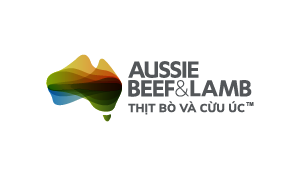Understanding the Traceability of Australian Red Meat: From Farm to Plate
Discover how traceability in Australian red meat ensures food safety, ethical sourcing, and consumer trust from farm to plate through a transparent supply chain.
Traceability in the meat industry is more than just a buzzword; it is an essential part of ensuring food safety, quality, and sustainability. When it comes to Australian Red Meat, the supply chain is designed to provide transparency, accountability, and traceability from farm to plate. Whether you're a consumer looking for high-quality meat or a retailer ensuring product safety, understanding the traceability process helps build trust and confidence in the food you consume.
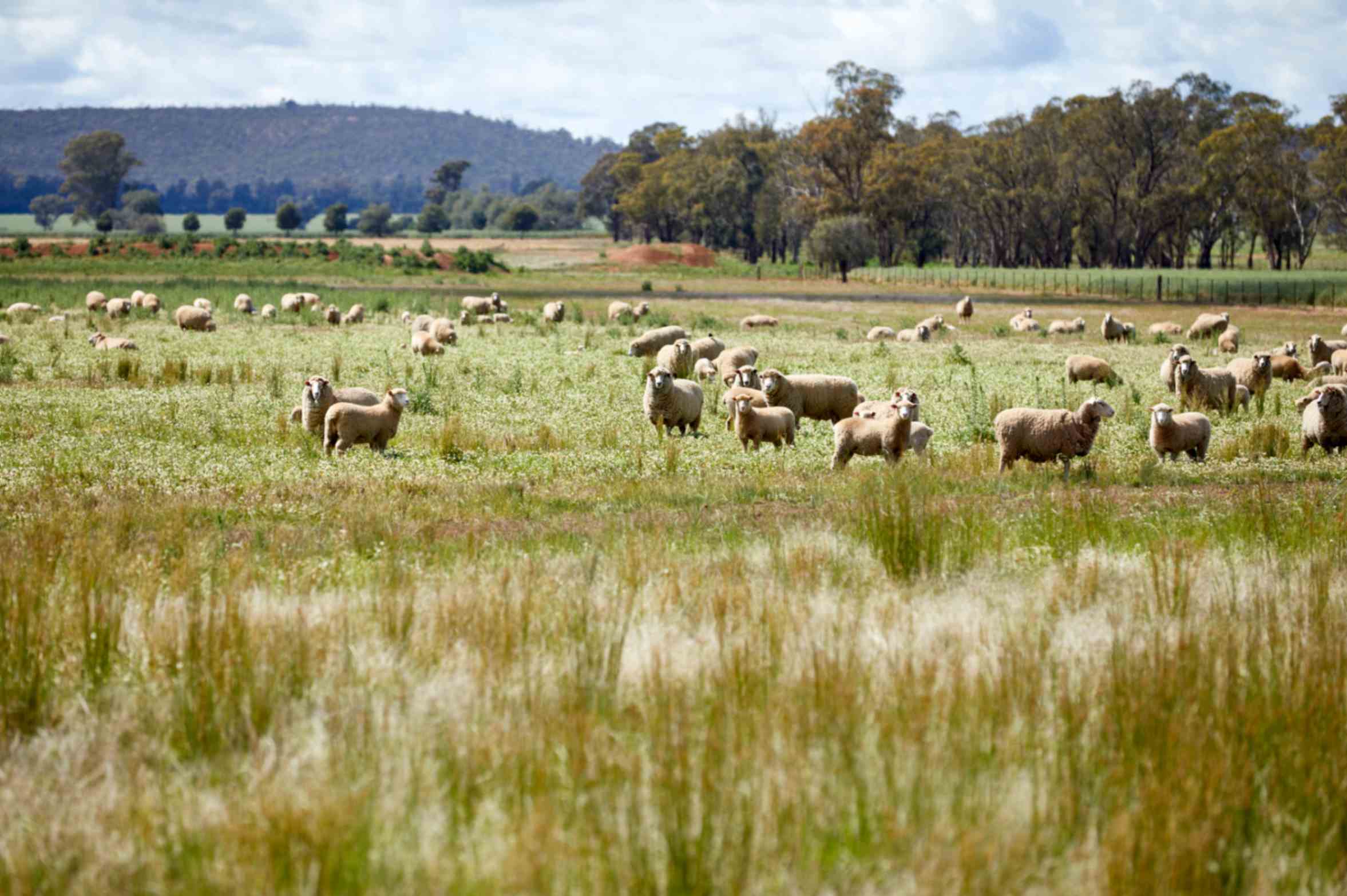
What is Traceability?
Traceability in the meat industry refers to the ability to track the movement of meat products through every step of the supply chain, from production to processing and distribution. This includes information on where the animals were raised, how they were treated, what they were fed, and how the meat was processed. It ensures that consumers can trace the product back to its source, providing confidence in its safety, quality, and ethical standards:
-
Breeding and Farming: Australian livestock are raised in open pastures, each assigned a unique traceability code through ear tags or tattoos. The farm’s digital record-keeping system logs essential details like breed, birthdate, and health history, providing consumers with reliable information about the meat. This data is accessible to processors, distributors, and retailers, enabling full traceability from birth to processing, while ensuring adherence to ethical and sustainable farming practices.
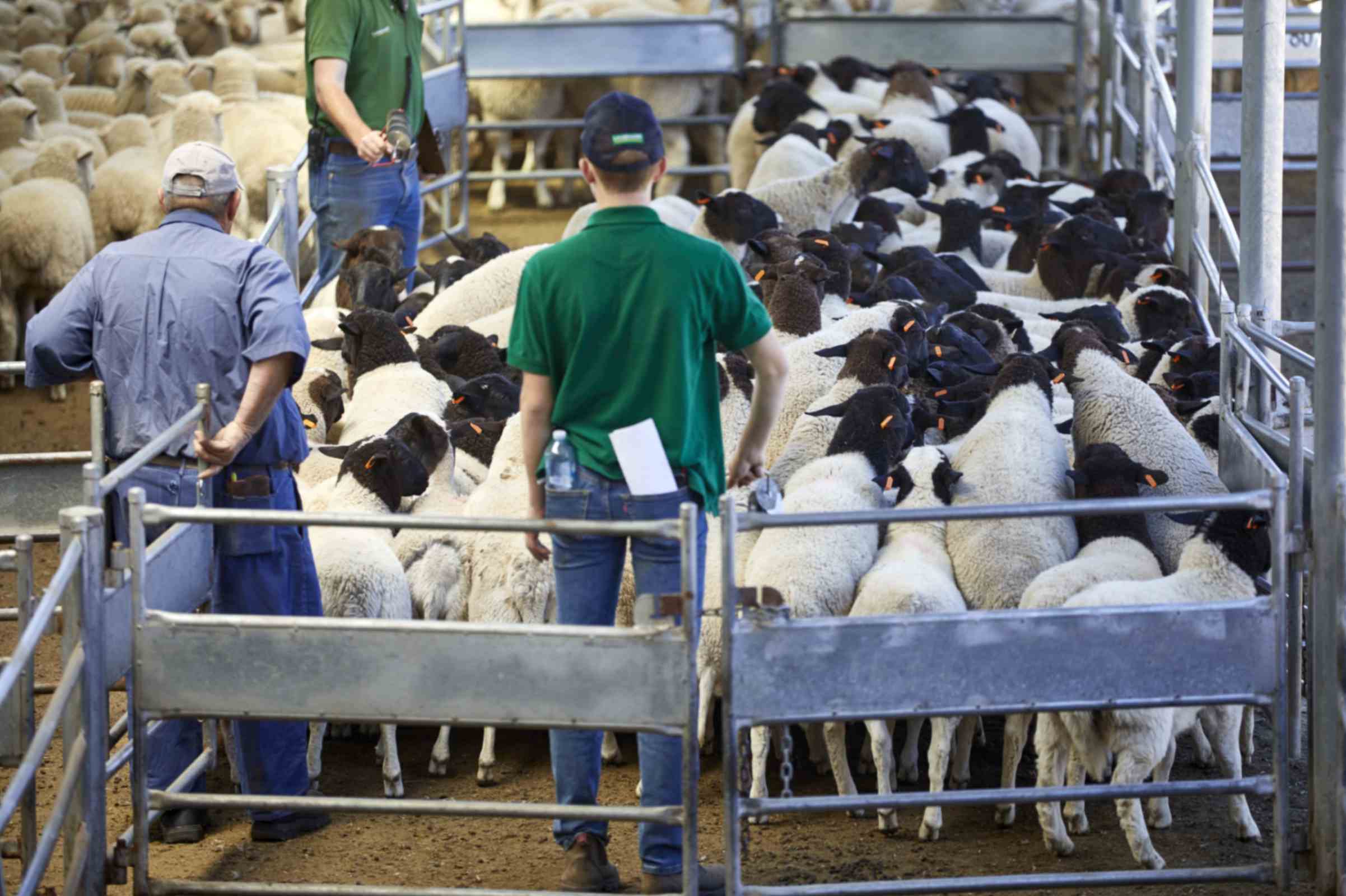
-
Transportation and Handling: Once livestock is ready for processing, it is transported to an accredited abattoir, with its traceability identifier ensuring each step is logged. Australian Red Meat suppliers prioritise animal welfare during transportation, carefully monitoring conditions to reduce stress and maintain meat quality. Details about transportation times, routes, and conditions are recorded to ensure transparency throughout the supply chain.
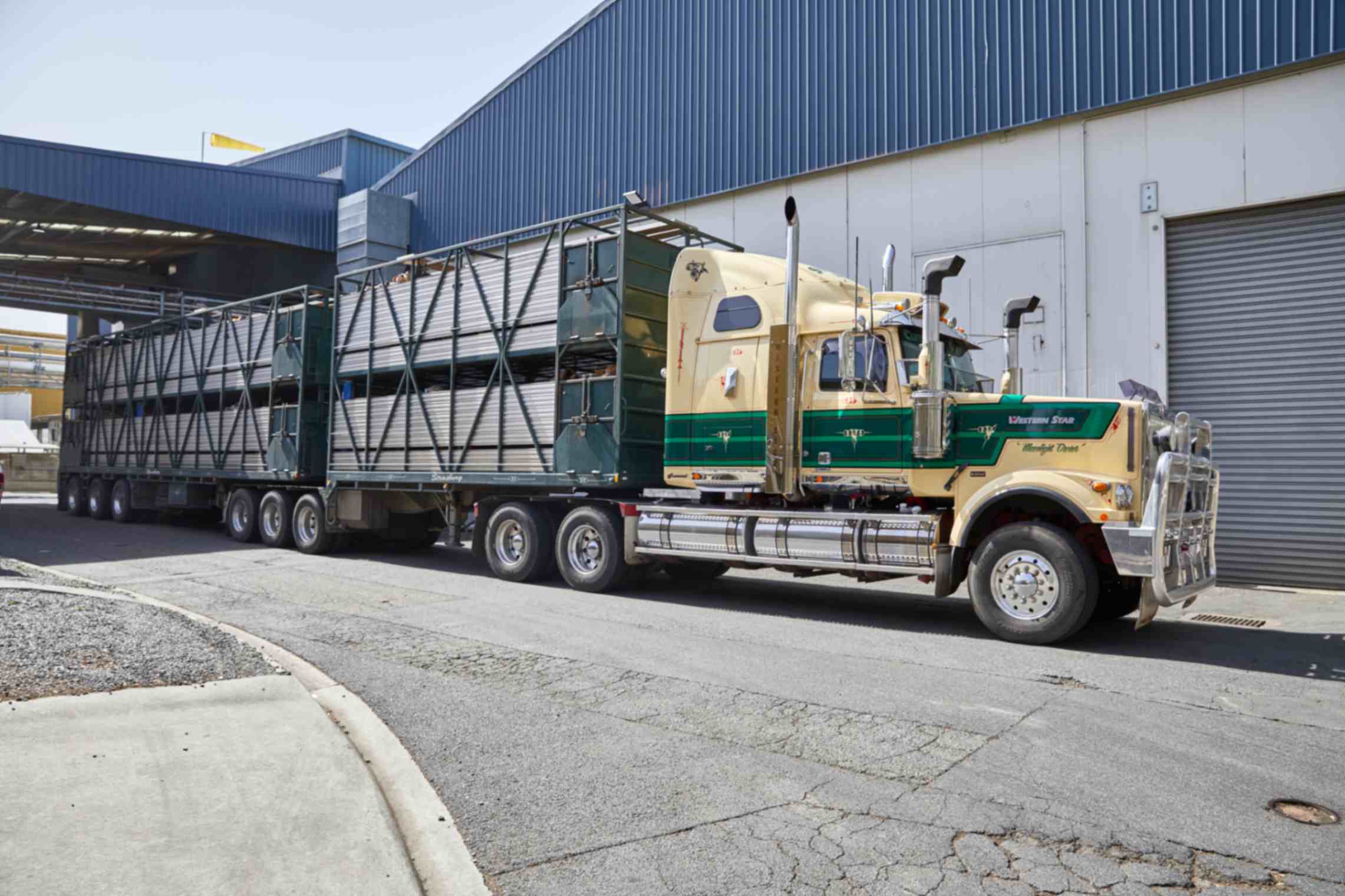
-
Processing: At the processing facility, traceability ensures meat quality and safety through health inspections, identification checks, and adherence to strict hygiene standards. Each processing step, including butchering, packaging, and labelling, is documented, linking the animal’s unique identifier to the product batch. Digital traceability systems like MSA and LPA are used to maintain product integrity and provide consumers with detailed information on the meat’s journey, production practices, and certifications.
-
Packaging and Distribution: After processing, meat is packaged with clear labels detailing its source, production methods, and expiry date, helping consumers make informed choices. Before distribution, products undergo final inspections to meet quality and safety standards. The traceability system ensures each product can be tracked throughout the distribution chain, from wholesalers to retailers, both domestically and internationally, facilitating product recalls if needed.
-
Retail and Consumer: At the point of sale, traceability information is available through product labels or QR codes, providing details like farm origin, slaughter and processing information, and quality certifications like MSA or LPA. Consumers can access even more detailed data via traceability platforms or smartphone apps, including the animal's diet, health history, and farming practices. This transparency enables informed, ethical purchasing decisions and supports Australian farmers.

Key Benefits of Traceability in Australian Red Meat
-
Food Safety and Quality Assurance: Traceability ensures that any issues related to food safety can be quickly identified and resolved. If there’s ever a recall, knowing exactly where the product came from helps minimise risk and protect consumers.
-
Transparency and Ethical Sourcing: Australian Red Meat’s traceability systems provide consumers with transparency, allowing them to verify the ethical and sustainable practices used in the production of their meat. This transparency fosters trust in the products.
-
Sustainability and Animal Welfare: Traceability also supports sustainability by enabling the tracking of environmental and welfare practices, such as water usage, feed sourcing, and animal health management. It helps Australian farmers and processors maintain high standards that meet both consumer demand and regulatory requirements.
-
Consumer Confidence: Traceability provides consumers with confidence in the meat they purchase. When consumers can track the origins of their food, they are more likely to trust the product, leading to higher satisfaction and loyalty.
The traceability of Australian Red Meat ensures quality, safety, and ethical standards throughout the supply chain, providing consumers with transparency and confidence in their food choices, while supporting local farmers and strengthening Australia's global reputation for high-quality, sustainable products!
Read More

QUALITY ASSURANCE
People who enjoy Australian beef, sheep meat or goat meat trust that it is safe, ethically-produced and of a high quality.
Find Out More
Meat Standards Australia
Meat Standards Australia (MSA) is the world’s leading eating quality grading system proven to take the guess work out of buying and cooking Australian beef and lamb.
Find Out More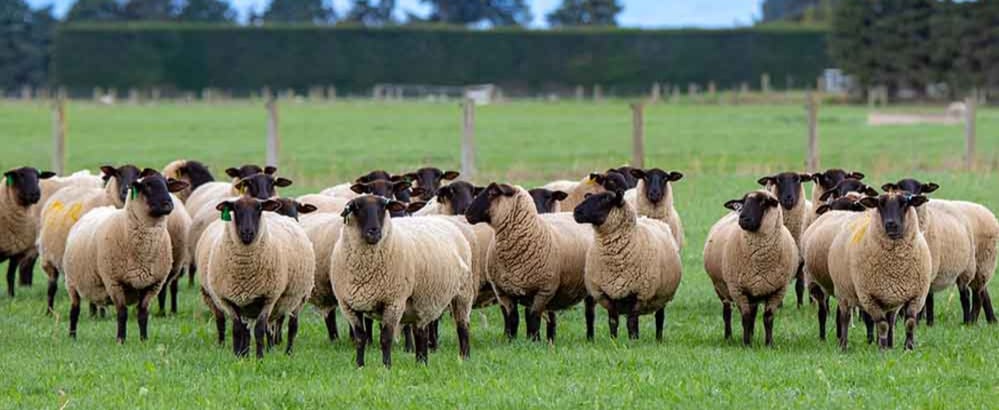
Livestock Production Assurance (LPA)
The Livestock Production Assurance (LPA) program is the on-farm assurance program that underpins market access for Australian red meat. LPA National Vendor Declarations (NVDs) provide evidence of livestock history and on-farm practices when transferring livestock through the value chain.
Find Out More
SUSTAINABILITY IN AUSTRALIAN MEAT INDUSTRIES
For Aussie beef, lamb and goat producers, caring for animals and the environment is essential. With most livestock raised on pasture, land care is vital.
Find Out More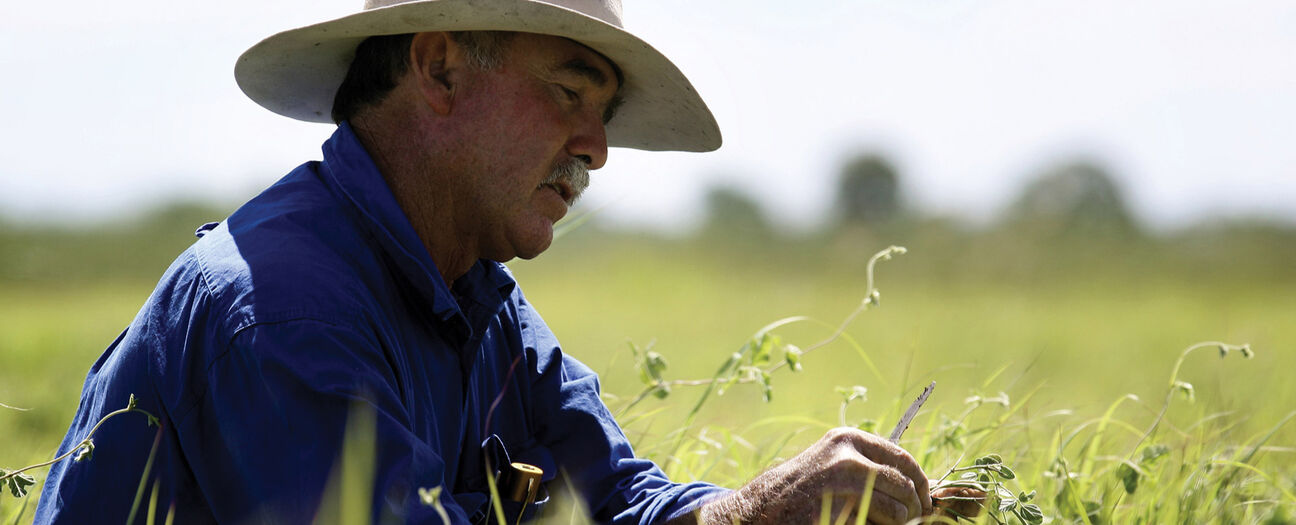
MEAT PREPARATION AND FOOD SAFETY
The safety, quality and integrity of red meat is very importance to the Australian red meat and livestock industry.
Find Out More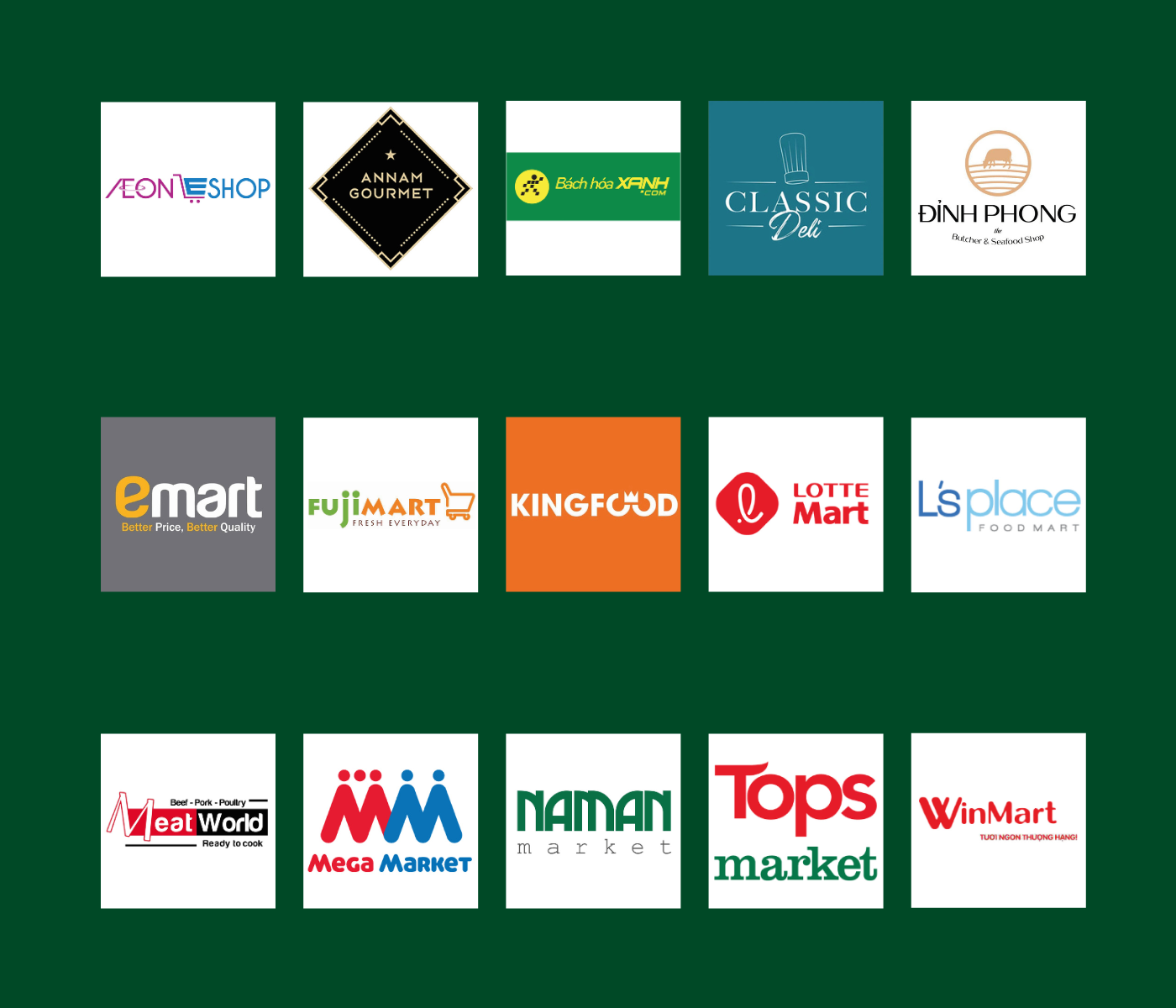
Where To Buy
Wondering where to buy authentic Australian beef and lamb?
Find our logo at a retailer near you!
Find Out More
